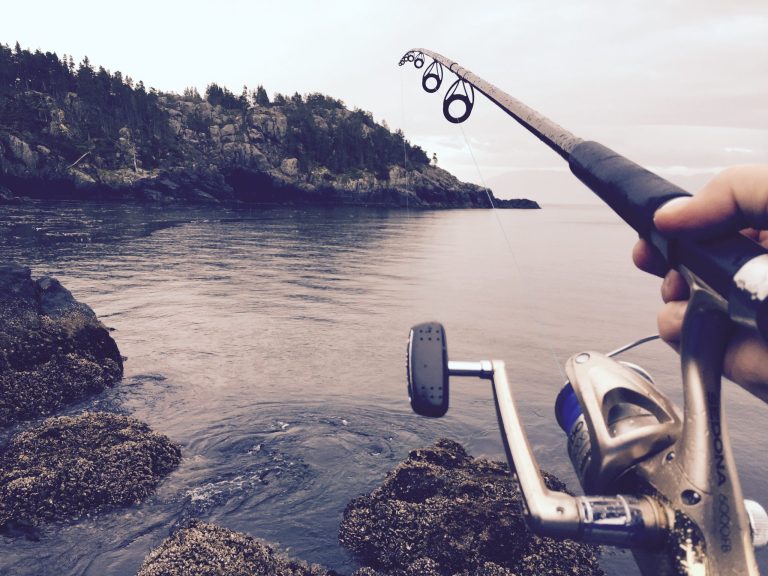Relaxation techniques 1/2
When our nervous system is overwhelmed by stress, chemicals in our body prepare us to ‘fight or flight’. Typical features of a ‘fight or flight’ response are: fast breathing, tensed muscles, increase in blood pressure, and a faster heartbeat. Those who suffer from anxiety have to deal with this on an almost constant basis. In emergency situations the automatic fight or flight response can be very helpful, but when your body has to deal with it on a constant basis, it can have a big impact on your body and emotional wellbeing.
One of the things that could help you to relax again, are breathing techniques and muscle relaxation techniques. In this blog I will explain what I advise often (McKay et al, 2007).
Abdominal breathing:
1)Lie down and take several breaths. Where is your breath centered? Does your chest move up and down when breathing? Does your abdomen? Both?
2)Place one hand on your chest and one on your abdomen, right below your waist. Breath in and out, as deep as you can, but make sure that the hand on your chest remains fairly still. The hand on your abdomen should go up and down with every breath. If you have difficulties moving the hand on your abdomen (or if both hands are moving) gently press down with the hand on the abdomem. While breathing out, try to force your hand (and thus the abdomen) to rise.
3)Make sure that the breathing out lasts three times longer than the breathing in. So when you are breathing in for 3 seconds, the breathing out should last 9 seconds. By breathing out, you relieve stress.
In my next blog I will explain some muscle relaxation techniques.
Esther is an assistant psychologist at Willingness. She works with adults and couples. She has a special interest in mental health. She can be contacted on esther@willingness.com.mt.







